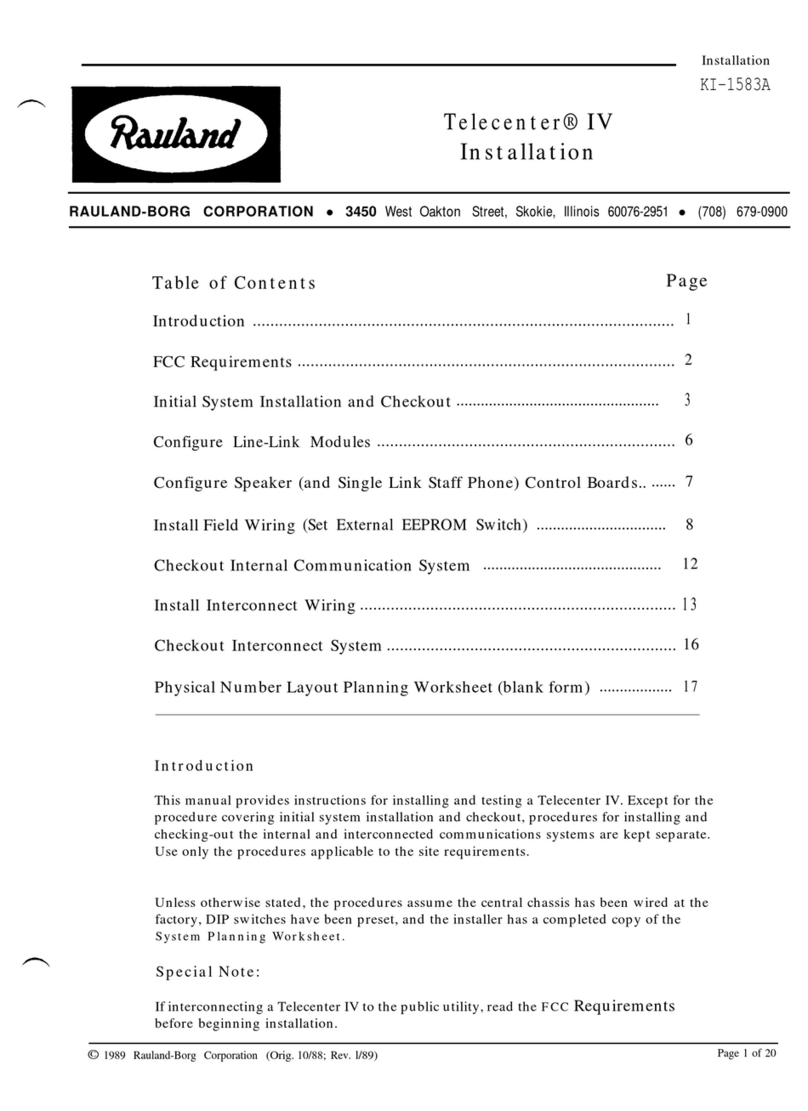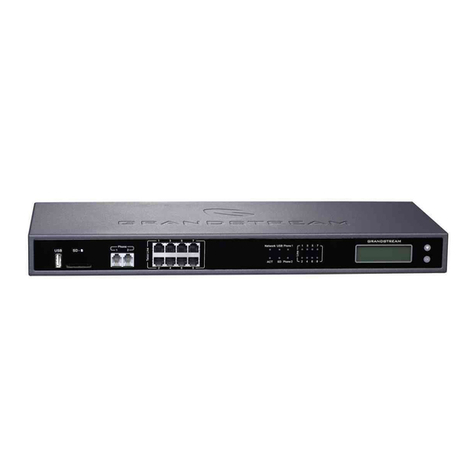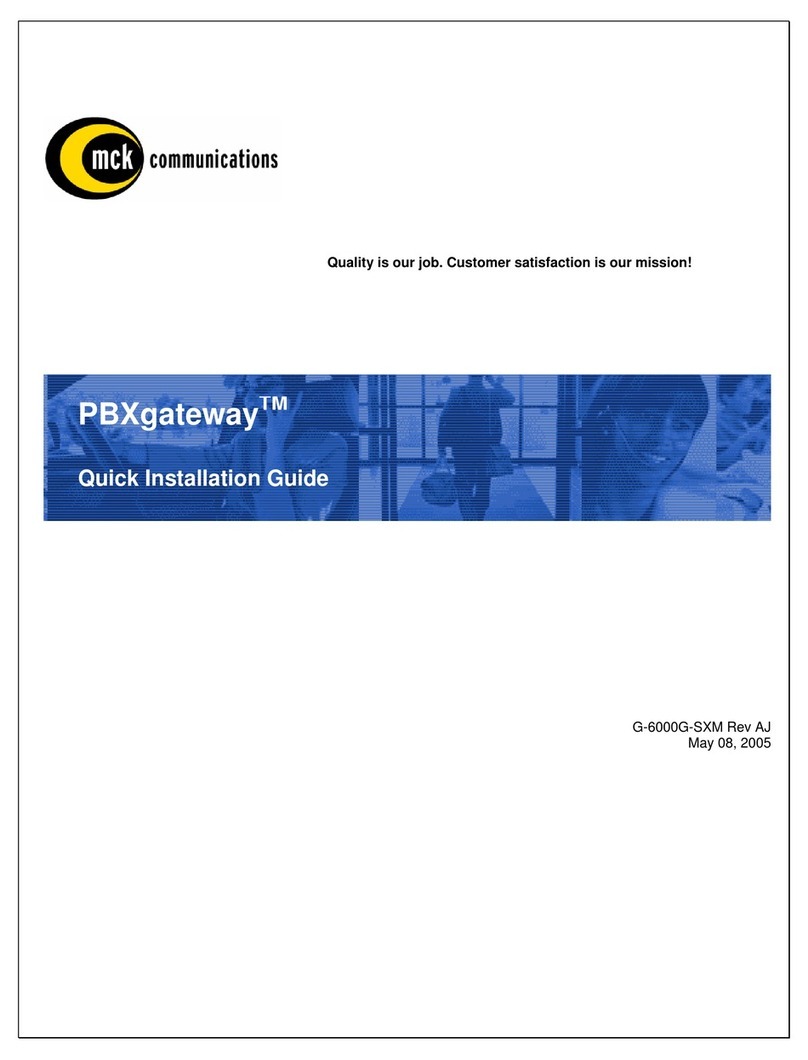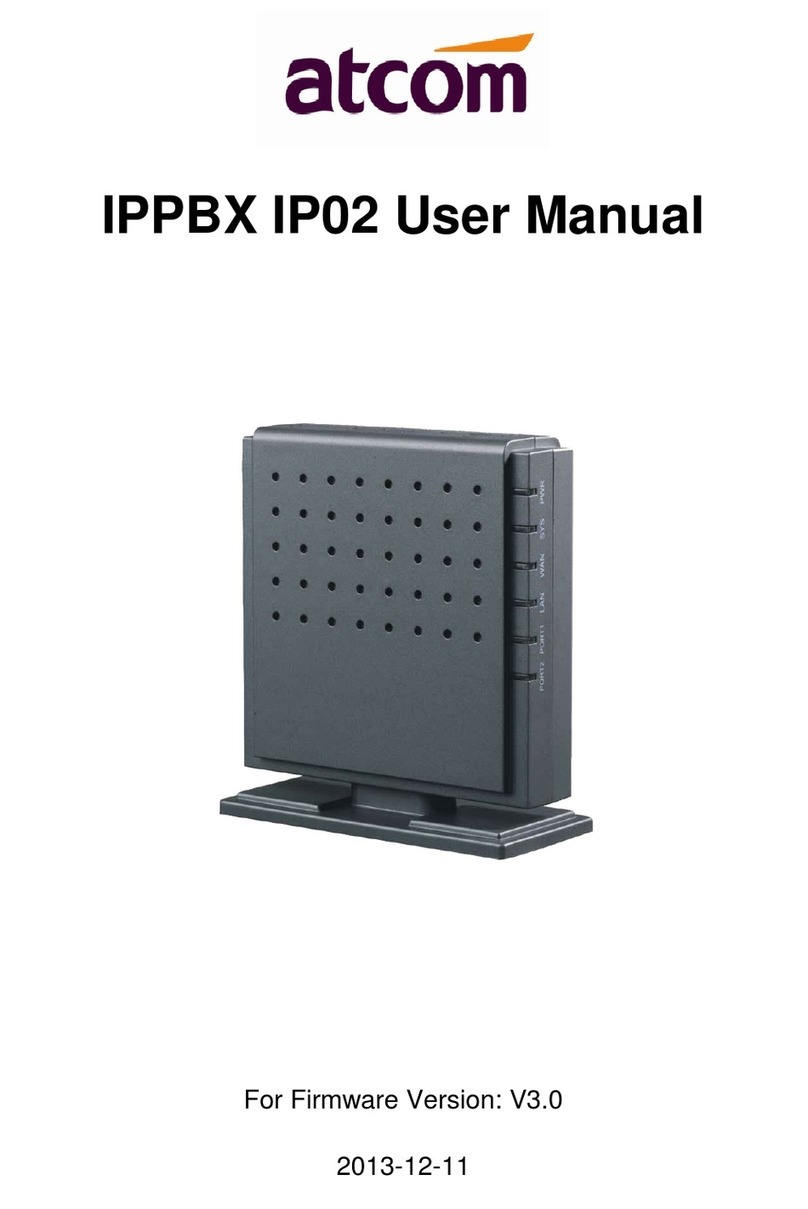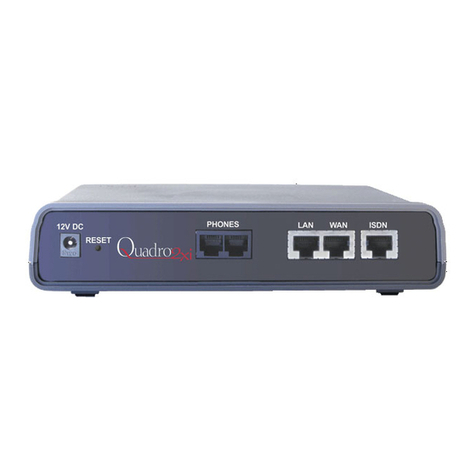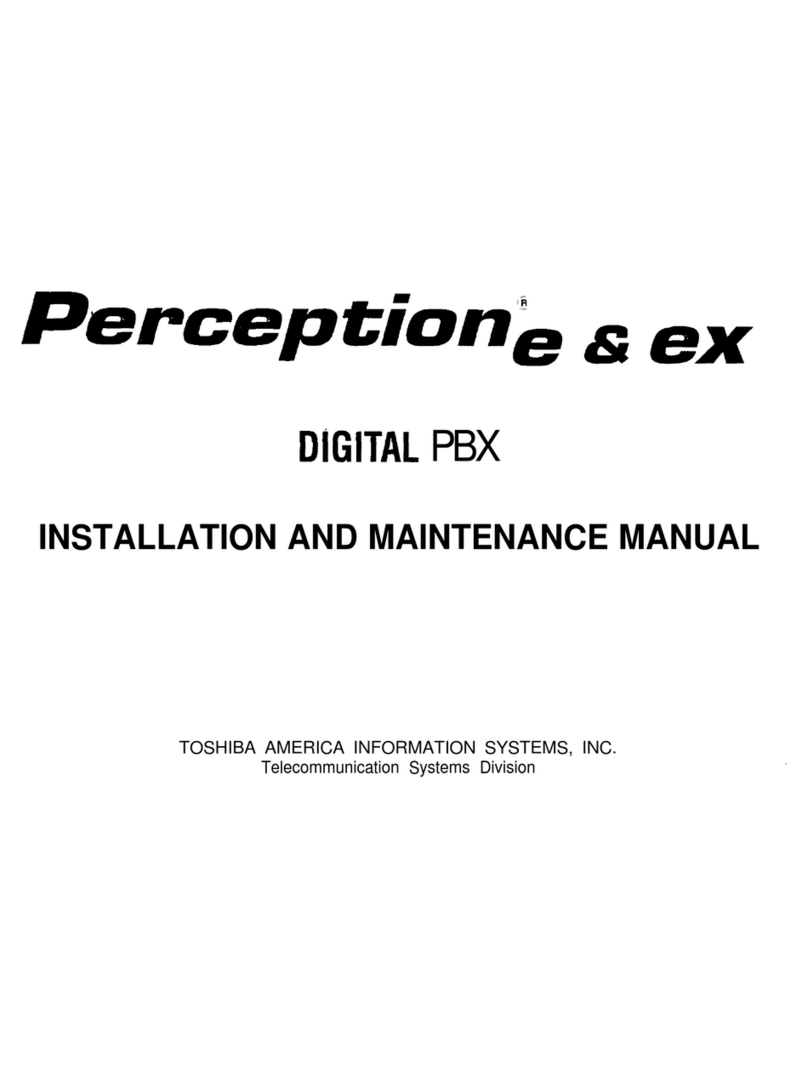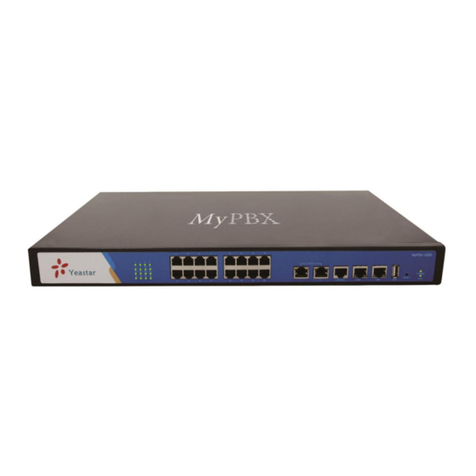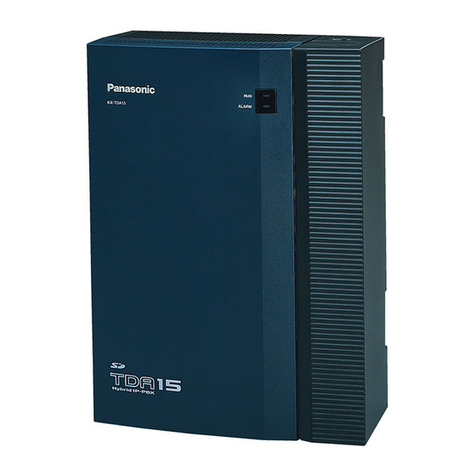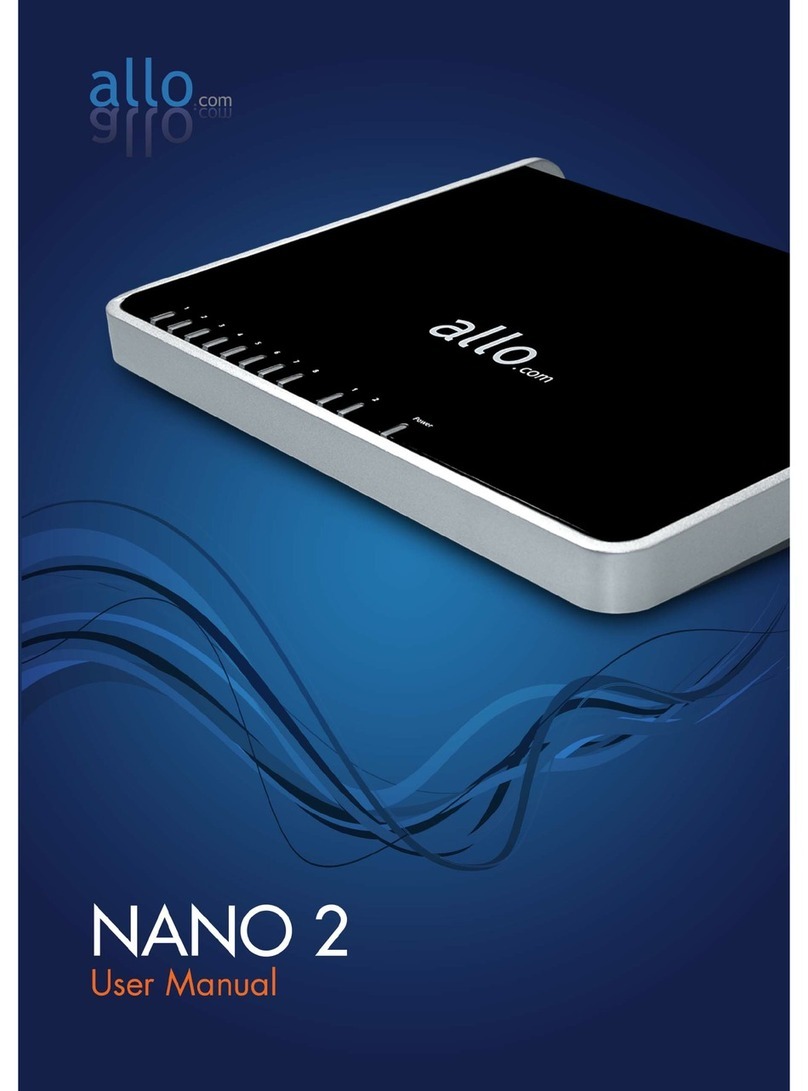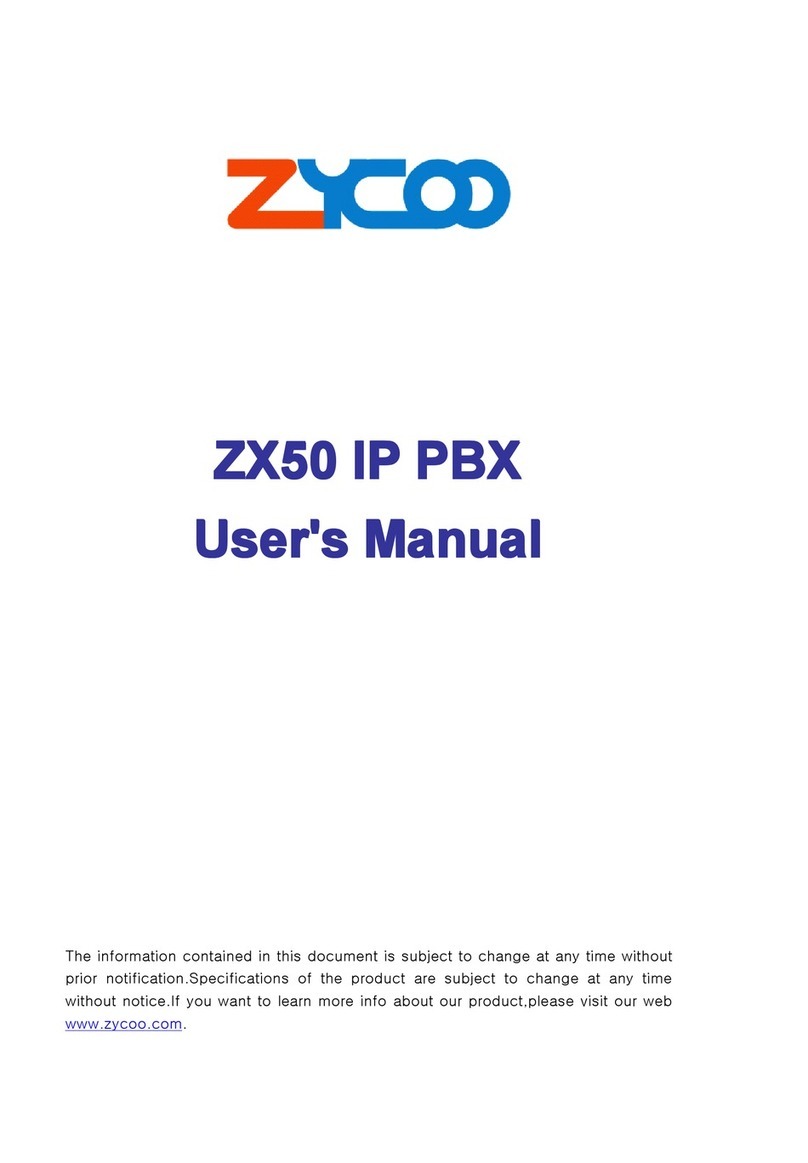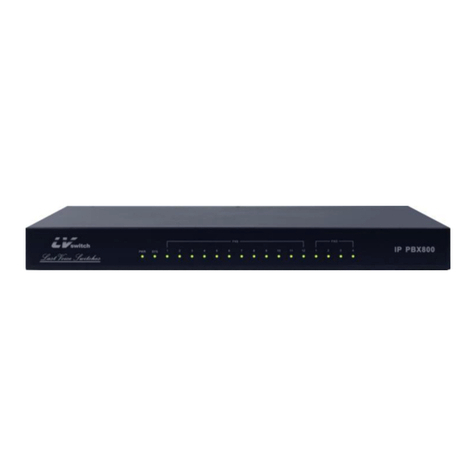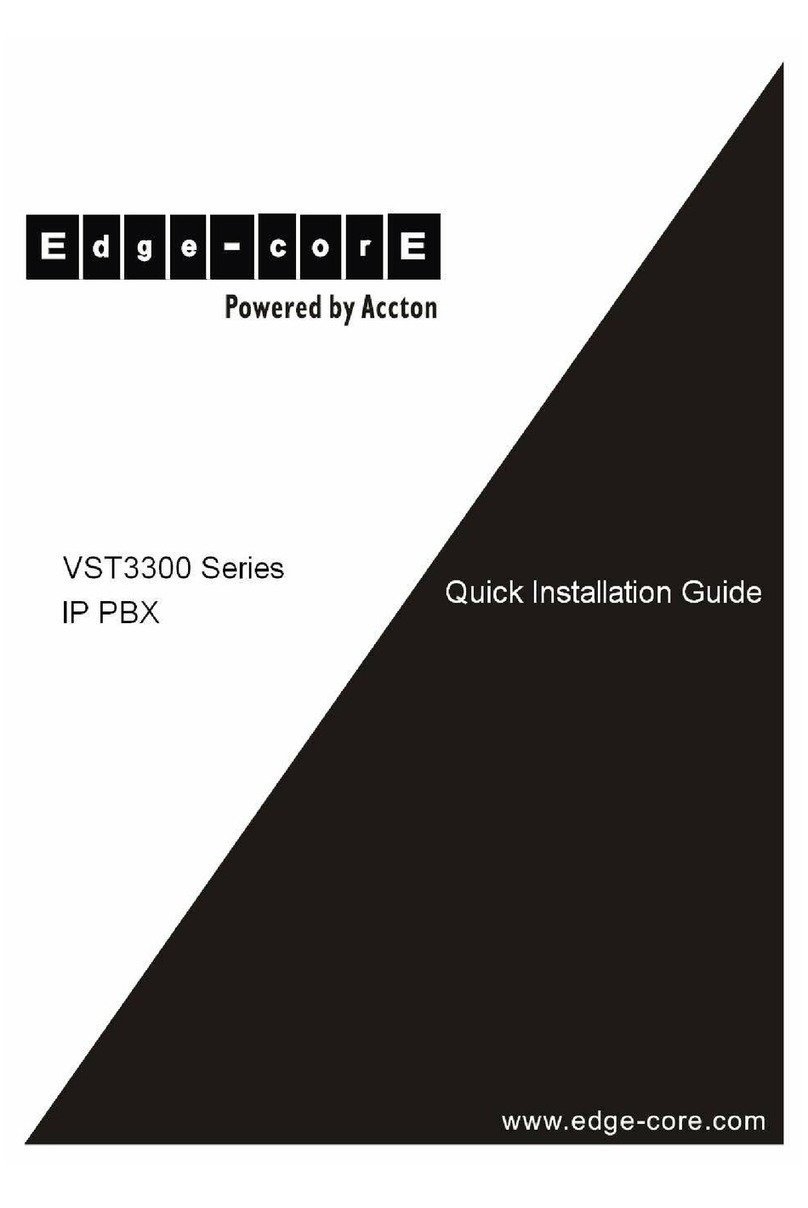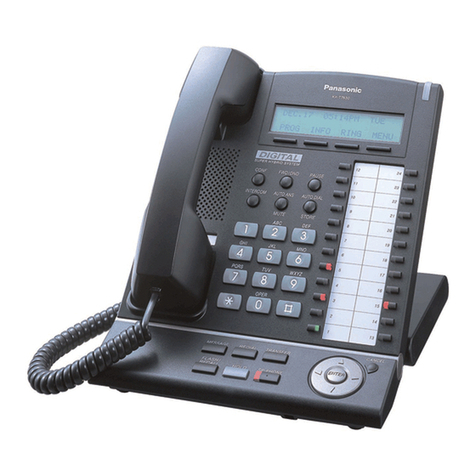
Quadro4Li Manual II: Administrator's Guide
Extensions Directory ..................................................................................................................................................53
Authorized Phones Database........................................................................................................................................54
Call Back Services .................................................................................................................................................56
Telephony Menu...........................................................................................................................................................57
Call Statistics ...........................................................................................................................................................57
RTP Statistics.......................................................................................................................................................59
FAX Statistics.......................................................................................................................................................60
SIP Settings.............................................................................................................................................................60
RTP Settings ...........................................................................................................................................................61
NAT Traversal Settings ...............................................................................................................................................62
Line Settings............................................................................................................................................................64
IP Line Settings.....................................................................................................................................................64
Supported SIP Phones ......................................................................................................................................................65
Programmable Keys Configuration ........................................................................................................................................66
ISDN Settings ..........................................................................................................................................................67
Gain Control ............................................................................................................................................................71
SIP Tunnel Settings ...................................................................................................................................................72
Call Routing.............................................................................................................................................................73
Allowed Characters and Wildcards..............................................................................................................................80
Best Matching Algorithm ..........................................................................................................................................81
VoIP Carrier Wizard ...................................................................................................................................................83
RADIUS Client Settings...............................................................................................................................................85
Voice Mail Recording Codec.........................................................................................................................................86
Dial Plan Settings......................................................................................................................................................86
3PCC Settings..........................................................................................................................................................86
Key System Emulation................................................................................................................................................86
Key System Advanced Configuration..................................................................................................................................89
RTP Streaming Channels ............................................................................................................................................90
Internet Uplink Menu......................................................................................................................................................91
PPP/ PPTP Settings...................................................................................................................................................91
Advanced PPP Settings...........................................................................................................................................91
VPN Configuration.....................................................................................................................................................92
Dynamic DNS Settings................................................................................................................................................98
Firewall and NAT.......................................................................................................................................................99
Advanced Firewall Settings.....................................................................................................................................100
Filtering Rules........................................................................................................................................................100
Service Pool.......................................................................................................................................................102
IP Pool .............................................................................................................................................................103
IDS Log................................................................................................................................................................104
Network Menu ...........................................................................................................................................................105
DNS Settings .........................................................................................................................................................105
DNS Server Settings ................................................................................................................................................105
DHCP Settings for the LAN Interface.............................................................................................................................106
DHCP Advanced Settings.......................................................................................................................................107
DHCP Settings for the VLAN Interface...........................................................................................................................108
Registration Form .......................................................................................................................................................109
Administrator’s Additional Features ..................................................................................................................................109
Incoming Call Blocking and Outgoing Call Blocking ...........................................................................................................109
Voice Mail Profiles...................................................................................................................................................110
Logout ....................................................................................................................................................................112
PBX Services for Quadro’s Administrator ...........................................................................................................................113
Appendix: Extension User's Welcome Page ...............................................................................................114
Appendix: System Default Values............................................................................................................115
Administrator Settings ..................................................................................................................................................115
Extension Settings ......................................................................................................................................................118
Appendix: Software License Agreement..........................................................................................................120
